TiM Type Theory
The Type in Mind Type Theory is a functions-based personality type sorter, based on the work of Swiss psychiatrist, Carl Jung. Our intention is to provide people with language to better communicate with others, and promote self-awareness and deeper connection with both oneself and the world.
Everybody has 4 things:
S, N, T, F
Sensing (S)
iNtuition (N)
Thinking (T)
Feeling (F)
Sensing and iNtuition (S and N) are "Perceiving Functions". They have to do with how you take in information, make observations, and interact with the world. S and N are the lenses we see everything through.
Thinking and Feeling (T and F) are "Judging Functions". We use F and T to sort information and make "judgements" or decisions, as well as form values and opinions.
Everyone has all 4 things, but we use them in a different order and in a different ways.
For each type, one Perceiving Function is Introverted, and the other Extroverted.
Same with the Judging Functions: one is Introverted, the other Extroverted.
We mark this by putting a lower case i or e after the letters (Si, Se, etc.).
So one person may have Introverted Sensing (Si) and Extroverted iNtuition (Ne), for example.
Then we put the functions in order of preference, arranging them in a "Function Stack".
For example:
INTP
Ti
Ne
Si
Fe
ISFP
Fi
Se
Ni
Te
ENTJ
Te
Ni
Se
Fi
The first two functions are considered "dominant", with the last two as "supporting" functions. A person could take the time to develop some functions more than others, but it's usually pretty clear which functions come more naturally to them. The order of the stack isn't a perfect science, but isn't meant to be.
Finally, there are two rules in which we organize the stack. These are:
1) The order must be JPPJ, or PJJP.
2) Alternate E and I, so the order must be ieie or eiei.
There are 16 possible combinations, and these are the 16 types.
